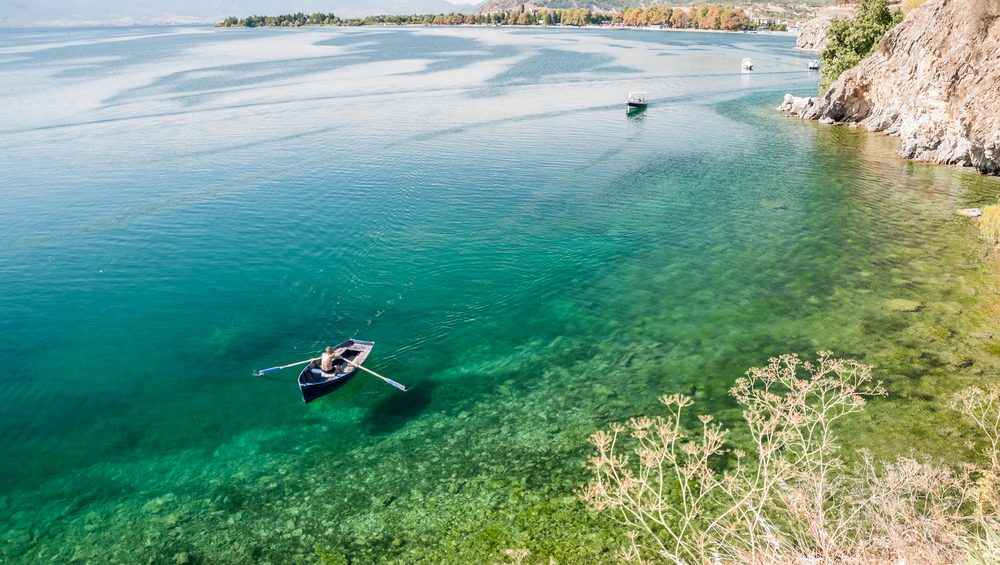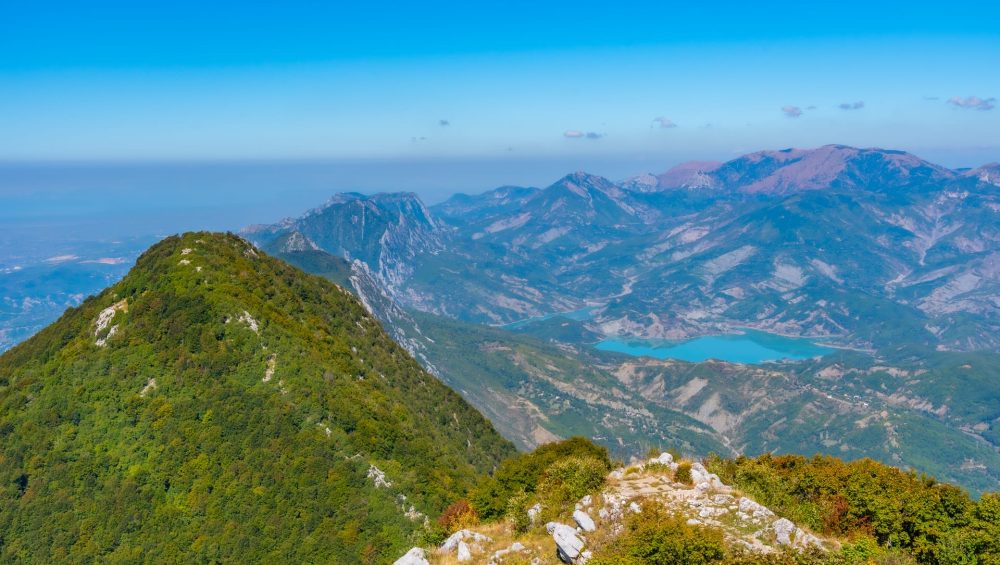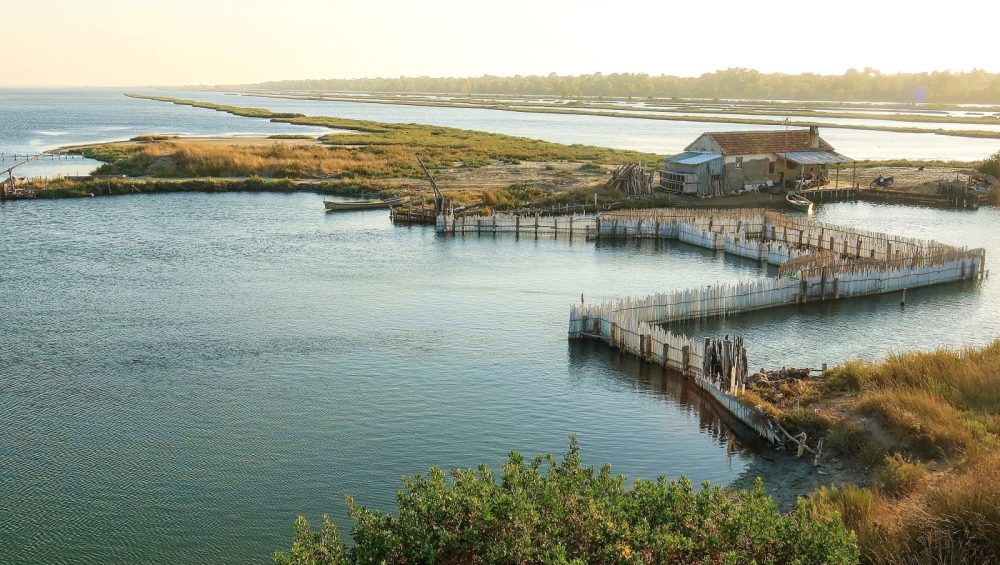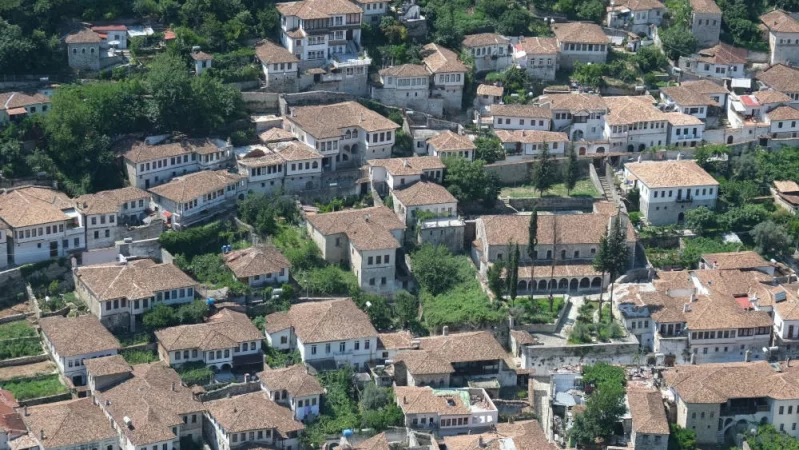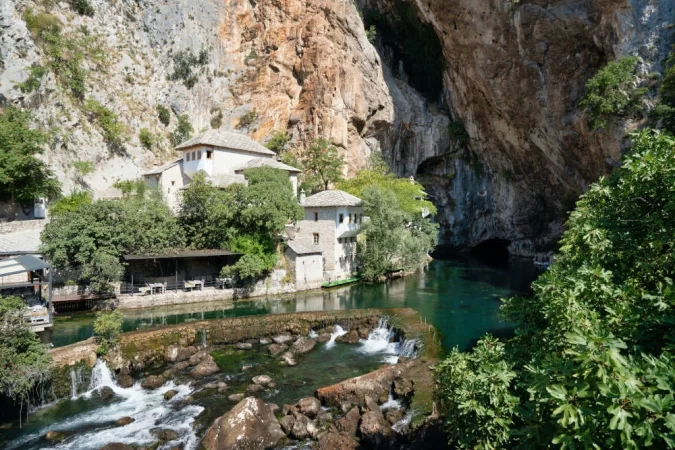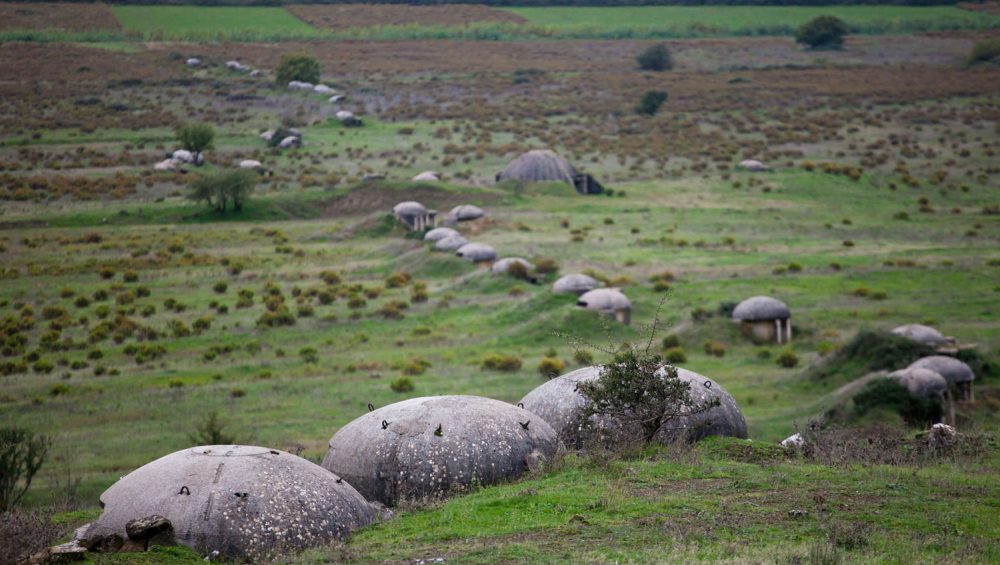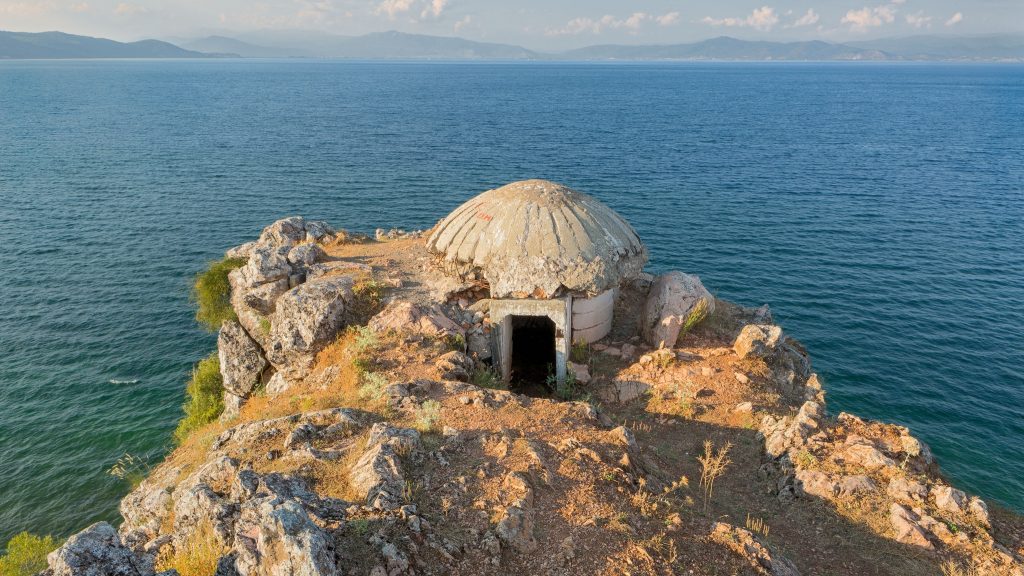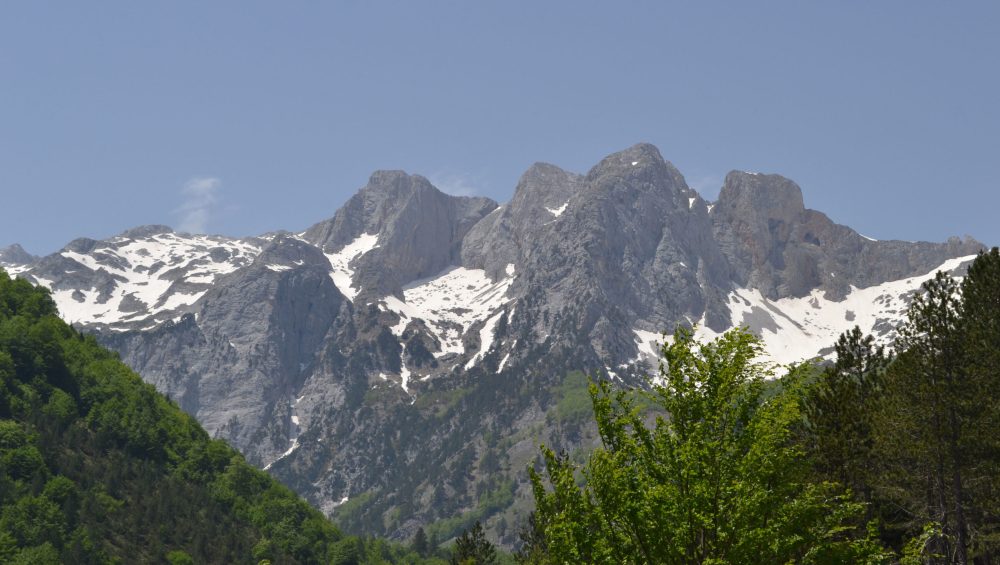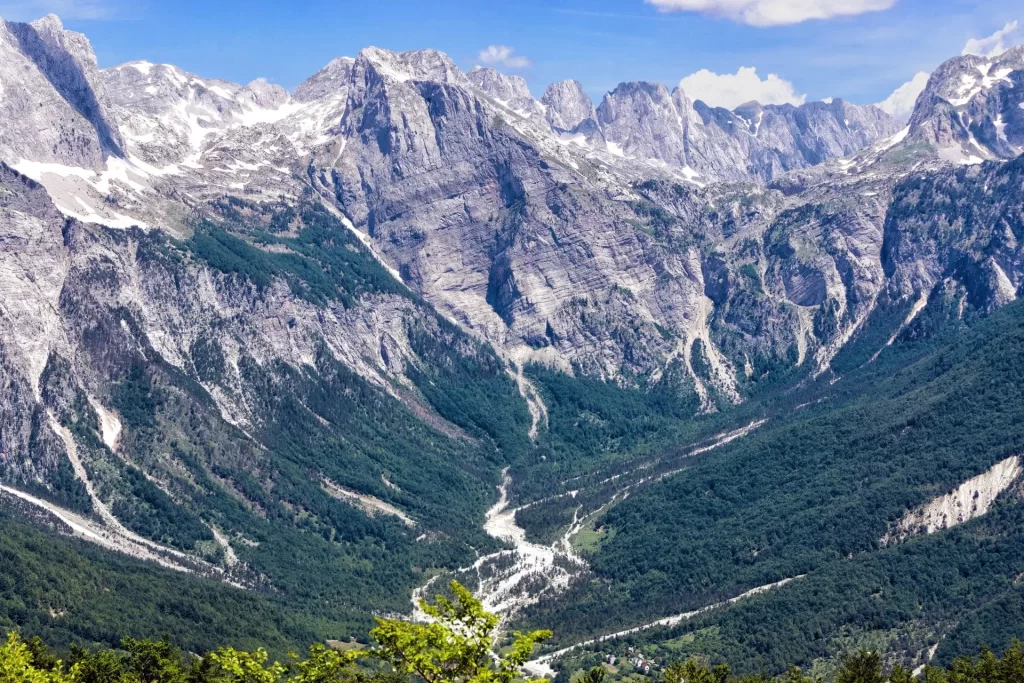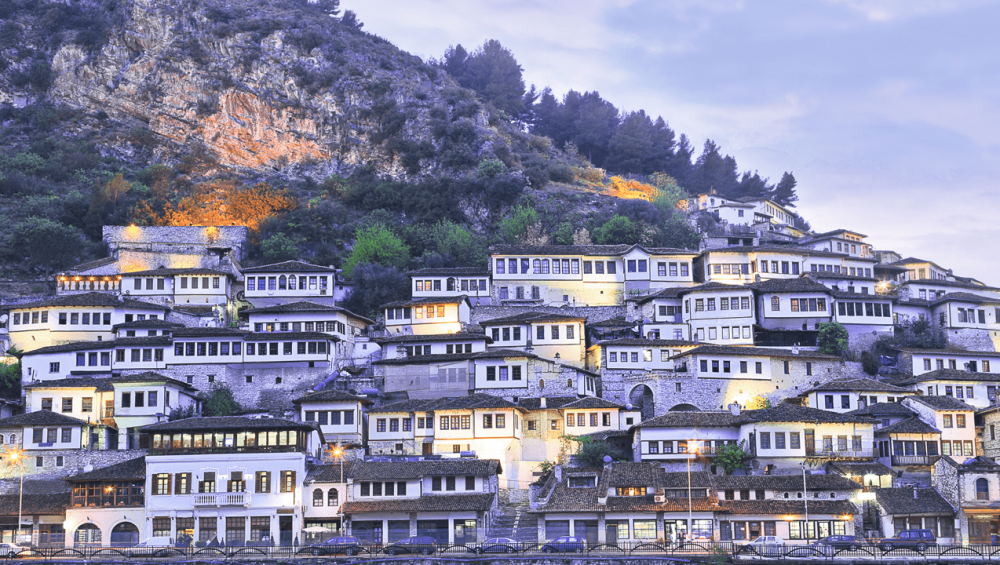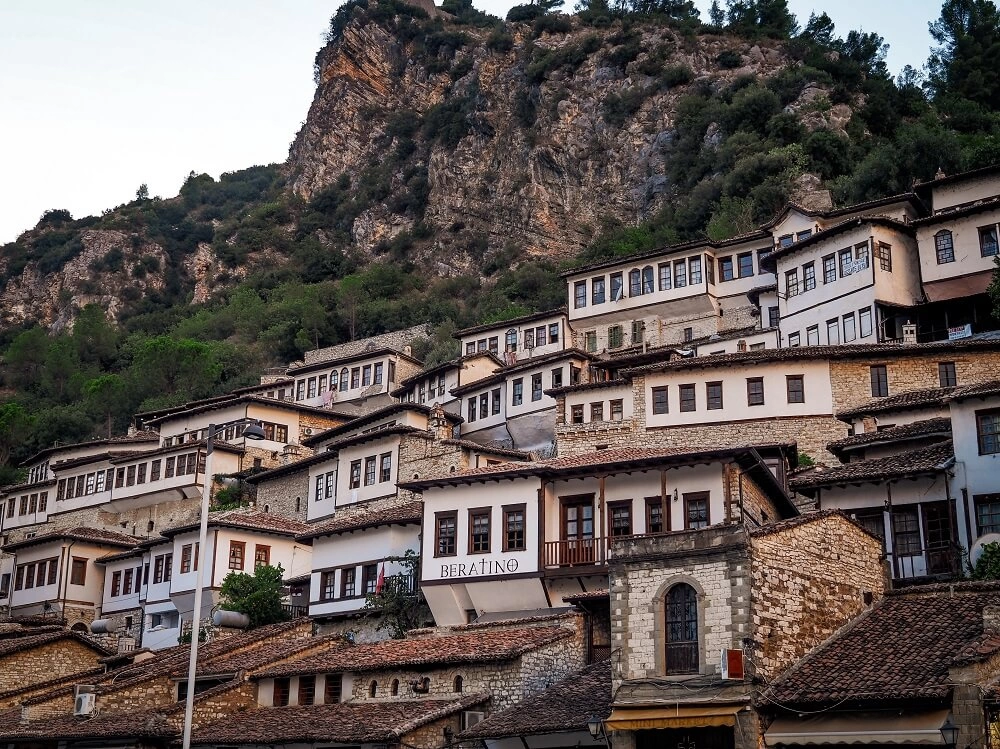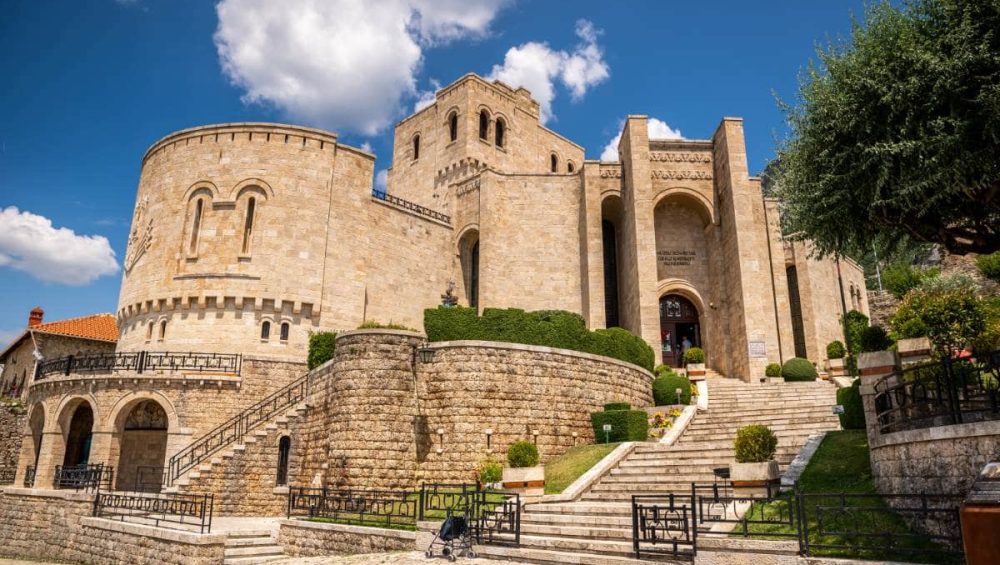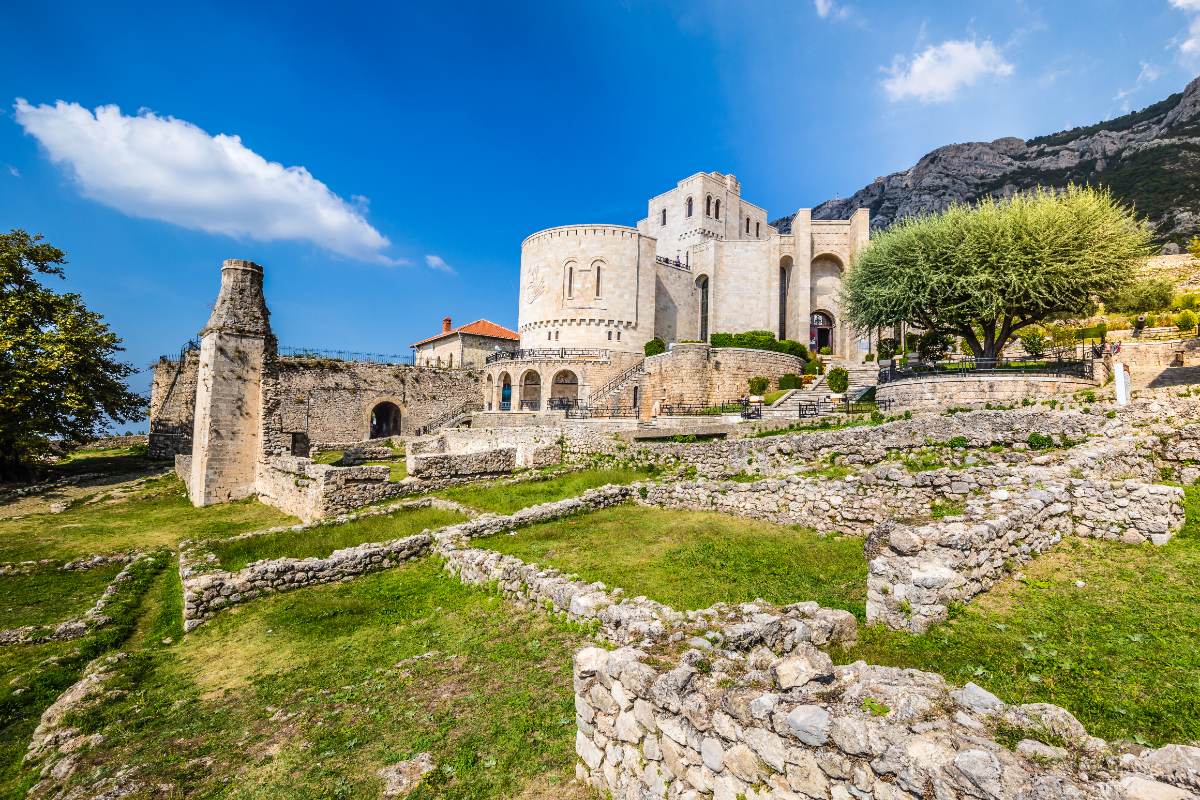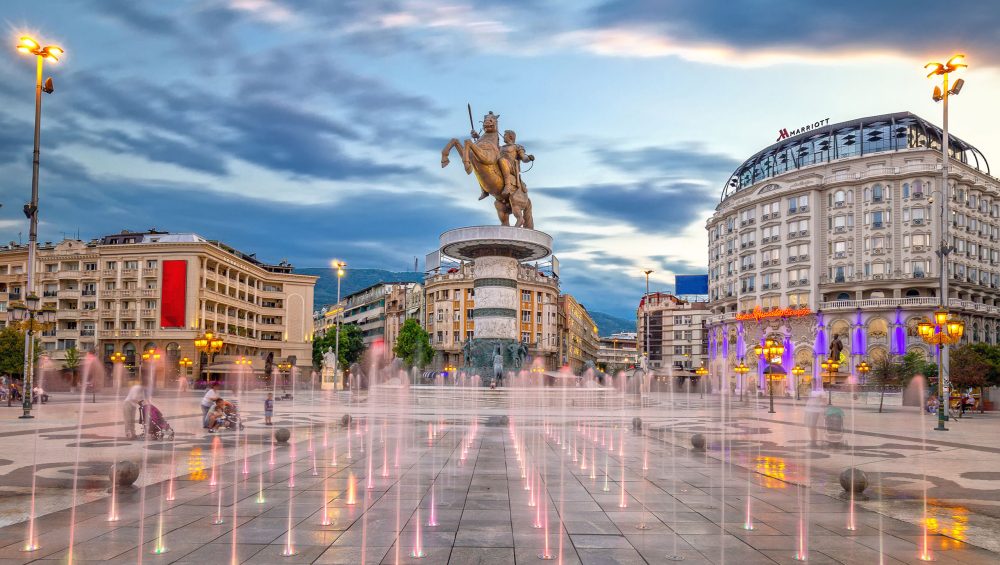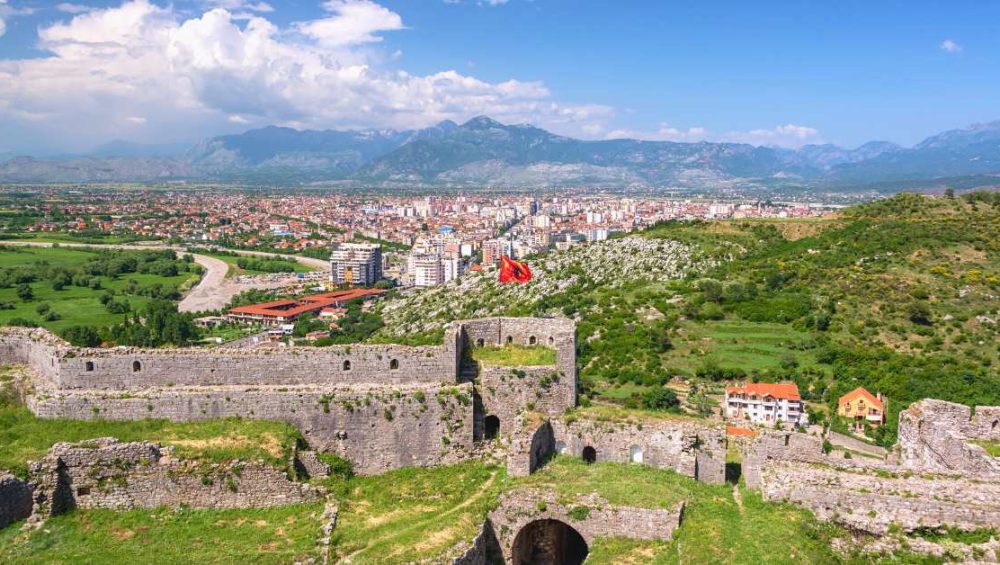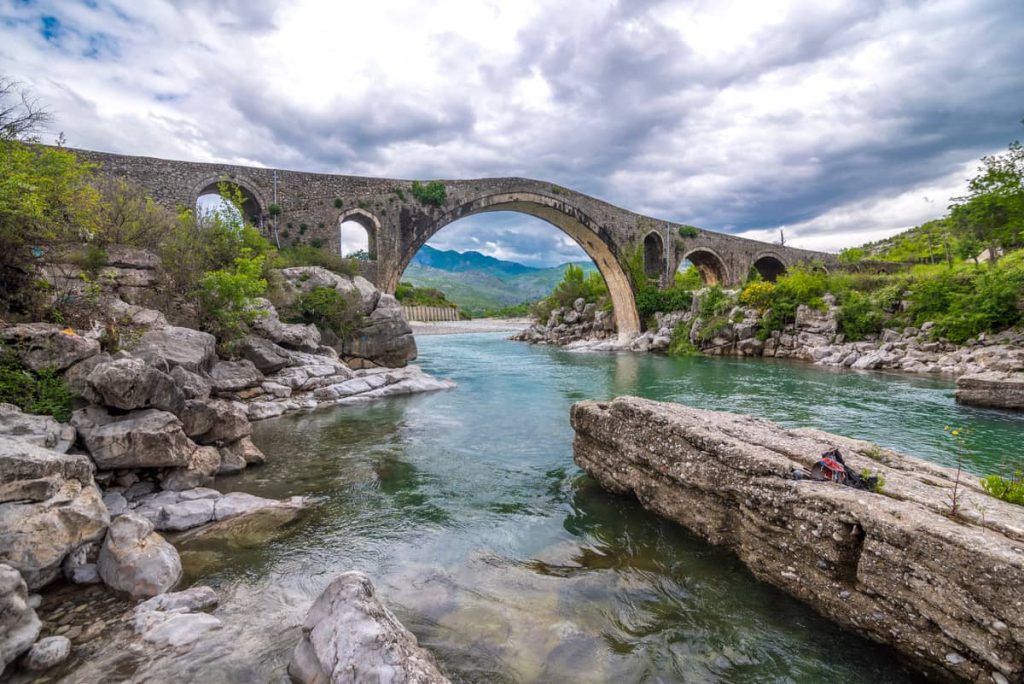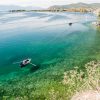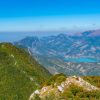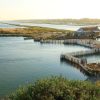Discovering the Wonders of Lake Ohrid: A Jewel of the Balkans
Nestled amidst the breathtaking landscapes of the Balkans is a true natural wonder: Lake Ohrid. Celebrated for its stunning beauty, diverse ecosystems, and cultural importance, Lake Ohrid captivates travelers from around the world. Join us as we embark on a journey to explore the enchanting charm of this ancient lake and reveal its hidden treasures.
Discovering the Natural Splendor:
Nestled between North Macedonia and Albania, Lake Ohrid is one of Europe’s most ancient and profound lakes, with crystal-clear waters that glisten in the sunlight. Its peaceful atmosphere and untouched surroundings provide a haven for wildlife and travelers alike. With its tranquil bays, hidden beaches, rugged cliffs, and lush forests, the lake’s varied landscape invites adventurers to explore every corner.
Biodiversity Hotspot:
Lake Ohrid, a UNESCO World Heritage site, stands out as a natural marvel and a biodiversity hotspot. This lake harbors over 200 endemic species, making it one of the world’s most biologically diverse lakes. Visitors can admire a vibrant variety of fish, including the Ohrid trout, while birdwatchers have the opportunity to spot rare avian species like the Dalmatian pelican and the elusive white-tailed eagle.
Cultural Treasures:
Beyond its natural beauty, Lake Ohrid is rich in history and culture, with a legacy that spans millennia. The surrounding region is home to numerous archaeological sites, ancient churches, and medieval fortresses, each offering a glimpse into the area’s vibrant past. The picturesque town of Ohrid, with its cobblestone streets and Byzantine-era churches, serves as a cultural hub where tradition seamlessly blends with modernity.
Outdoor Adventures:
For outdoor enthusiasts, Lake Ohrid provides an array of activities to cater to all tastes and preferences. You can kayak across its serene waters, hike along picturesque trails, or enjoy a relaxing boat cruise. For the more adventurous, diving expeditions offer the chance to explore underwater caves and hidden depths, ensuring there is no shortage of ways to experience the lake’s natural wonders.
In conclusion, Lake Ohrid stands as a testament to the enduring power of nature and the importance of preserving our planet’s most precious treasures. From its breathtaking scenery and diverse wildlife to its rich cultural heritage, this ancient lake continues to inspire and captivate all who encounter its beauty. Whether you’re a nature lover, history buff, or adventure seeker, Lake Ohrid offers an unforgettable experience that will leave you spellbound and longing to return.

